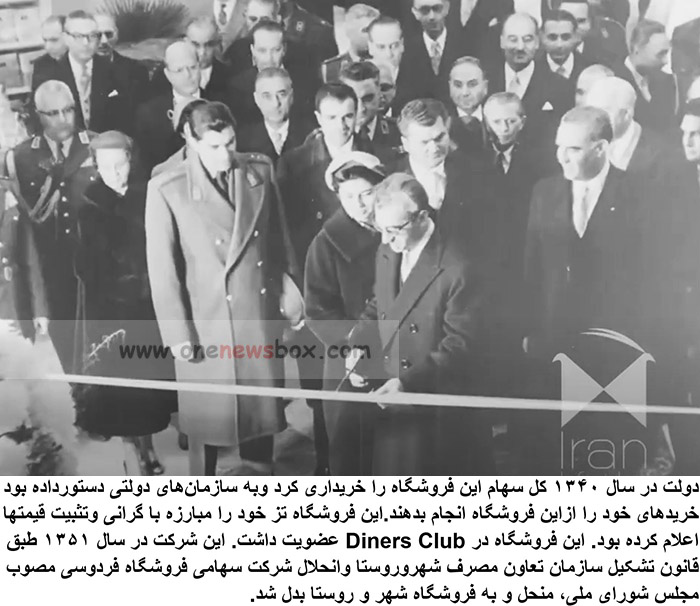Homeland, in the mid-20th century, was undergoing significant economic reforms, influenced by global powers and local needs. The establishment of Ferdowsi Chain Store reflected the government’s ambition to centralize and modernize the country’s economic infrastructure. This drive to modernize came under the reign of Mohammad Reza Shah Pahlavi, where foreign influences, particularly from the United States, were becoming increasingly visible in Iran’s cities, including Tehran. These modern influences were symbolized in every corner of the Ferdowsi store, from its architectural design to its method of operation.
The Vision Behind Ferdowsi Chain Store
The establishment of the Ferdowsi store was not a spontaneous decision. One of the earliest inspirations for such a project came from Yalmar Schacht, a German economist, who recommended creating large department stores during his visit to Iran at the invitation of Ali Akbar Davar. This visit was part of the broader efforts by the Pahlavi regime to engage foreign expertise in transforming Iran’s economic and commercial landscape. The idea was simple: modernize distribution systems and bring efficiency and consumer comfort to a country where the traditional market system had long prevailed.

